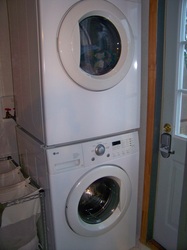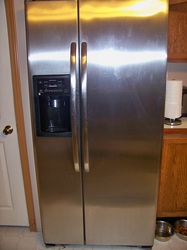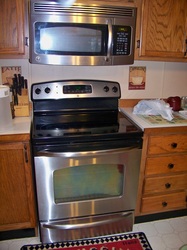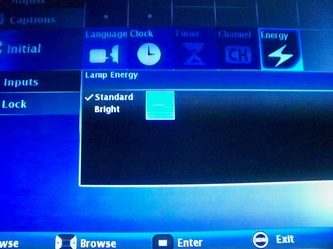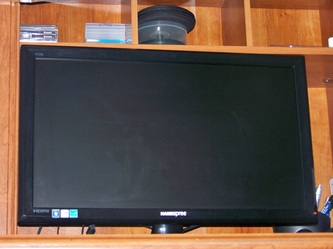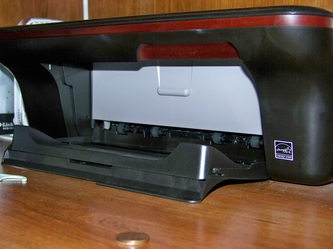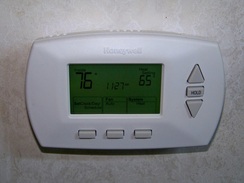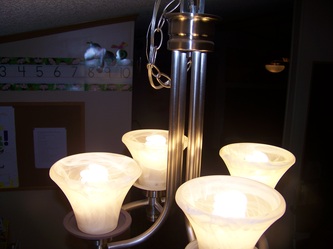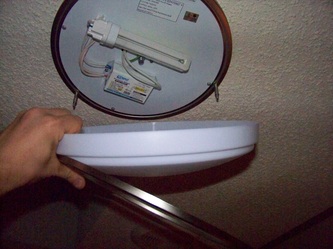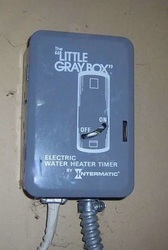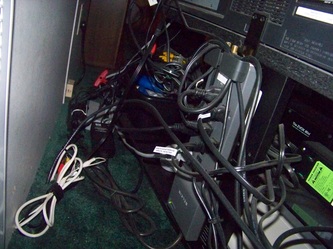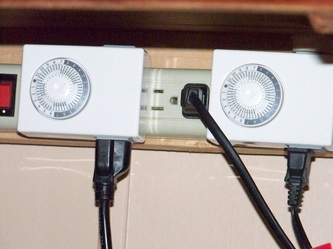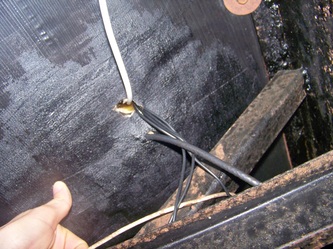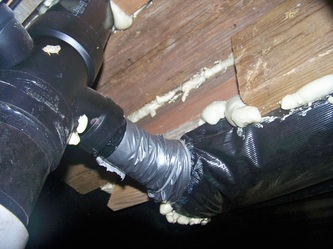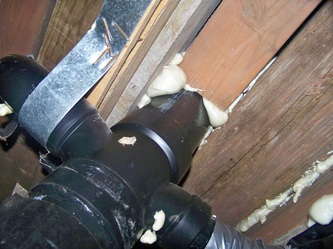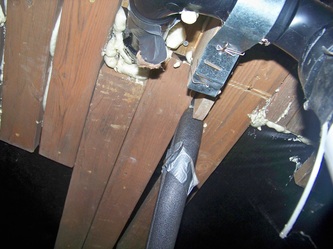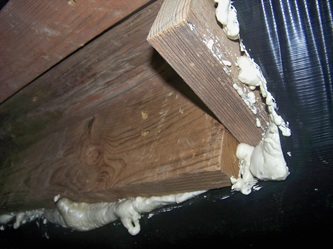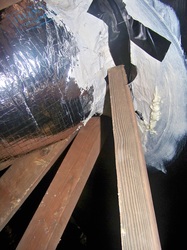DIY Energy Star AppliancesDIY energy savings starts with Energy Star appliances and electronics. Today everything is offered with an Energy Star rating. Washers/dryers, computer monitors, TV's, refrigerators, ovens, microwaves, dishwashers, ceiling fans, aquarium pumps, light fixtures, A/C units, literally everything has an Energy Star version available. The most inefficient items today are A/C units and refrigerators over ten years old and benefit the utmost from Energy Star upgrades, because they run 24 hours and consume the most energy. Energy Star appliances also qualify for tax credits in most cases. Check out http://www.energystar.gov/ to learn about Energy Star benefits. Homes using city water benefit greatly from Energy Star washers/dryers saving over $100 a year in electric and averaging 20 gallons a load verses 40 gallons and drying clothes in half the time. I always shop for Energy Star appliances and electronics today. Many times I can save money purchasing online with FREE DELIVERY and these items run less and operate quietly.
|
|
|
|
|
DIY CFL Energy Saving BulbsOver one year I changed all light bulbs in my house to CFL's (compact fluorescent lights). Most people are unaware of the number of light bulbs they have in their house. I live in a small doublewide and counting all light fixtures in and around my house (wired) with the number of bulbs in each, I have 42 light bulbs. If averaging 100 watts each, that's 4200 watts. CFL's have come down considerably in cost and no longer flicker or give off a fluorescent glow like we remember from old offices. CFL’s rarely burn out and stay cool which is great on hot summer nights to keep energy cost down. My only problems with CFL’s to date were finding dimmable candelabra base lights for the fan. In addition the controller in the fan is not designed to run CFL's causing failure of the remote. Most of my bedroom and bathroom lights are fluorescent light fixtures that produce great light with little power consumption. Replacing incandescent bulbs with CFL’s is fast, easy and a great energy saving DIY project. Take a piece of paper, walk through your house, and add up the wattage of all the light bulbs in your home and find your total savings!
|
|
DIY Power strips and TimersWith the accumulation of electronics running in homes today it makes sense at night that all your vampire lights get turned off for those 6 to 8 hours that no one will be using them. In addition to shutting down computers, TV's and lights, I also put some items on timers when they don't need to be running. For instance my 300 gallon aquarium only runs for five hours on and 3 hours off which is plenty to cycle the aquarium filters, but prevents me from forgetting the lights on and 9 hours out of 24 that the sump would be burning electricity. Water heaters also can be programmed to run at lower temperatures than most people set them, which prevents burns and wear on the heater elements. There is no shortage of DIY energy saving devices today, like the Belkin auto-off surge protector that automatically turns off gaming consoles and other devices when your TV is off. Test one of the power savers below at Amazon, many with FREE SHIPPING!
|
|
|
|
|
DIY KVAR Energy SaversPower conditioners come in a few varieties for residential and business and reduce power consumption by storing the excess power produced and allowing larger power load items like A/C and refrigerators to reuse that stored energy at startup. I didn't see huge cost savings on my bill, but they raised the electric by 10% the week I installed the KVAR system and continue to increase every year (raising electric bills $1 this Friday). I haven't had an increase in my electric considering the number of items I have running 24 hours like my 300 gallon aquarium, reptile heaters and security cameras that were added before the KVAR energy saver. Plus this provides whole house surge protection which justifies the cost alone. I paid an electrician to install. Total cost was around $170. Amazon is selling these DIY energy savers for a great price right now.
|
|
DIY Home Energy Loss PreventionOne DIY energy saving tip everyone needs to take is energy loss prevention. First, you need to determine what items or locations are losing and wasting the most electricity around your home. Then make DIY improvements that can reduce or prevent this loss. Easy DIY improvements like recaulking windows, replacing door seals, closing openings under your house and fix the skirting around the base can all prevent energy loss. There are weather strips and patch materials for tears and sealing opening in various materials including in hot, cold, and rainy conditions.
|
|
|
After replacing a deck we had many 2x4 rail cuts that were salvaged from the old deck. I hung on to these peices and used the stairs in a cat cage and the boards are being used for anything needing a random cut or peicing together wood projects if I come up short. I used many of these boards to seal openings under my house in addition to "Stuff" for big gaps, a product I use around the house to seal off openings and fill spaces to keep out pest. Stuff is a great product, but when applying is extremely sticky and will ruin clothes and adhere to skin fast, so wear old clothes and gloves when using in application over your head or hard to get to. Get it right the first time. If it does get out of place remove carefully with something disposable and let dry and cut away excess.
|
|
I also used reinforcing fabric and roof sealant under my house to patch holes around wires and vents that were coming loose. This also is very messy and stains your hands and clothes.The roof patch looks nice if done right and if time is taken to smoothen out the sealant and hide the tape without applying it to thick or thin. To the right is some of the products I tried and have had success with.
|
|
Other DIY Energy SaversFrom water heater timers to energy conditioners there are many other devices that can help you save energy as well as find where you need to save energy. For many, the best way to save energy cost every month is to be energy concious of the things running in and around your home. Reduce the electric bill not only by getting energy efficient appliances, but by being an energy efficient family everyday. Amazon carries many items that can get you started being more aware of your energy use everyday.
|
|
